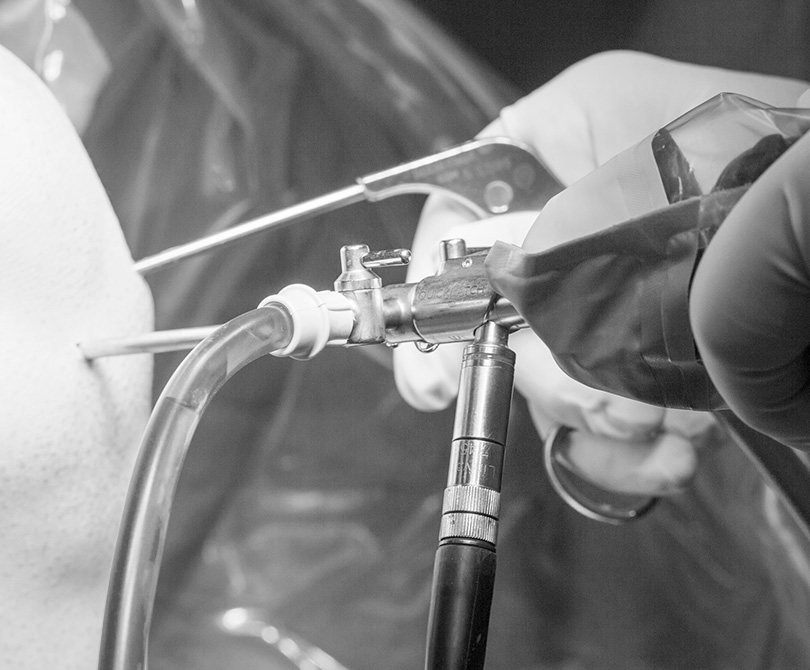
High-performance biomedical textiles present an exciting opportunity to increase innovation in the orthopedic market and provide less invasive surgical options for patients. The design flexibility and shape transformation properties of medical textiles, as well as their compatibility with biologic structures and ability to be tailored to the needs of the particular application, means that patients may benefit from simpler procedures, faster healing times, and less risk of complications or rejection.
![]()
Biomedical Textiles for Orthopedic Applications
High-performance biomedical textiles present an exciting opportunity to increase innovation in the orthopedic market and provide less invasive surgical options for patients. The design flexibility and shape transformation properties of medical textiles, as well as their compatibility with biologic structures and ability to be tailored to the needs of the particular application, means that patients may benefit from simpler procedures, faster healing times, and less risk of complications or rejection.
![]()
Braided textiles fabricated using UHMWPE or other high-strength polymeric fibers have long been used as orthopedic sutures to give a surgeon the ability to secure soft and bony tissue using a braid with a low profile and high tensile strength. Now, technology advancements allow for additional design features such as the inclusion of regions of variable density or the ability to branch off, creating a multiaxial structure with a common hub. These advances enable improved handling characteristics, better knot retention, and further customization of devices, which can simplify the procedure and facilitate a more durable surgical repair.
Woven biomedical textile structures can also be an optimal foundation for orthopedic implants and anchor points for attaching soft tissue – largely due to their strength, stability, and capabilities for promoting tissue ingrowth. This textile structure has the ability to distribute load over a larger surface area and can be engineered to mimic the behavior of the ruptured tendons and ligaments they are intended to replace. The mechanical and biologic properties of textile structures can be tailored for specific uses, such as when intended as regenerative scaffolding or as partially resorbable structures that facilitate healing.
Composite scaffolds can be created for tissue engineering applications using hybrids of biologic and synthetic materials. Textile structures created from resorbable synthetics allow cells to infiltrate mesh and support controlled resorption of the polymers aligned with the healing rate of the tissue, resulting in a more complete repair.
Biomedical textiles can be used for less invasive orthopedic procedures including:
- Joint repair
- Soft tissue repair
- Meniscus repair
- Orthopedic sutures
- Spinal stabilization
- Prosthetic ligaments
Biomedical Textiles for Spine Applications
Biomedical textiles are increasingly being designed to replace metal components in implantable products for spine procedures, as textiles allow for greater mobility and flexibility than metal. In particular, textile structures may be used to delay or prevent the need for spinal fusion or may aid in stabilizing adjacent vertebral bodies in spinal fusion procedures.
In cases where radiopaque fibers are incorporated into medical devices, it allows the devices to become clearly visible under fluoroscopy while maintaining the mechanical properties desired for the specific application. Improved visibility under fluoroscopy and x-rays – including better contrast and sharpness of the image– will allow surgeons to optimally position the device or implant.
Key Benefits of Textiles in Orthopedics
- Less invasive
- Lower profile
- Shape transformation (i.e. entering through a small hole and then expanding in the body)
- High tensile strength
- Stable structure
- Biocompatibility
- Capability for promoting tissue ingrowth
- Reinforcement
- Flexibility
- Controlled porosity
Medical device OEMs in the highly competitive orthopedic space can distinguish themselves as market leaders by looking to medical textiles to offer minimally invasive approaches for applications ranging from soft tissue tears to spinal stabilization, and more.
Cortland Biomedical is trusted by leading medical device OEMs to enable more innovative, lower profile orthopedic devices by designing and engineering braided, woven and knitted biomedical textiles fit-for-purpose.
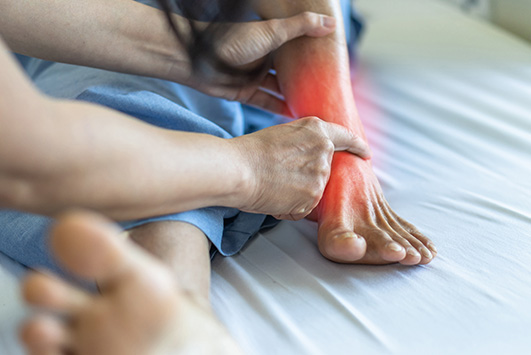
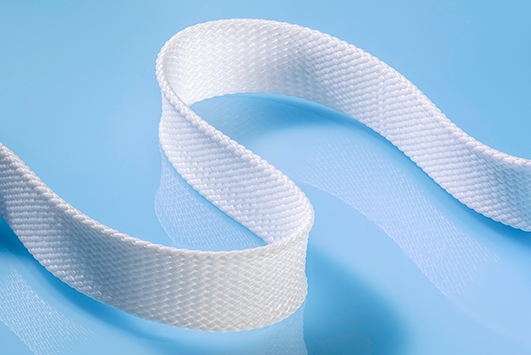
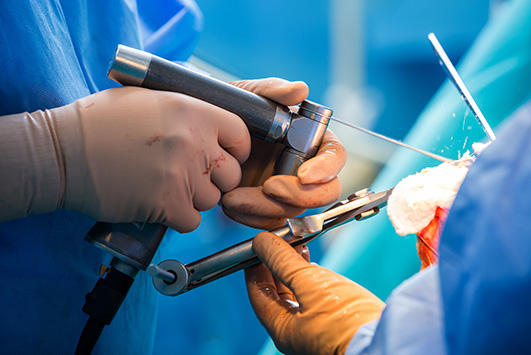

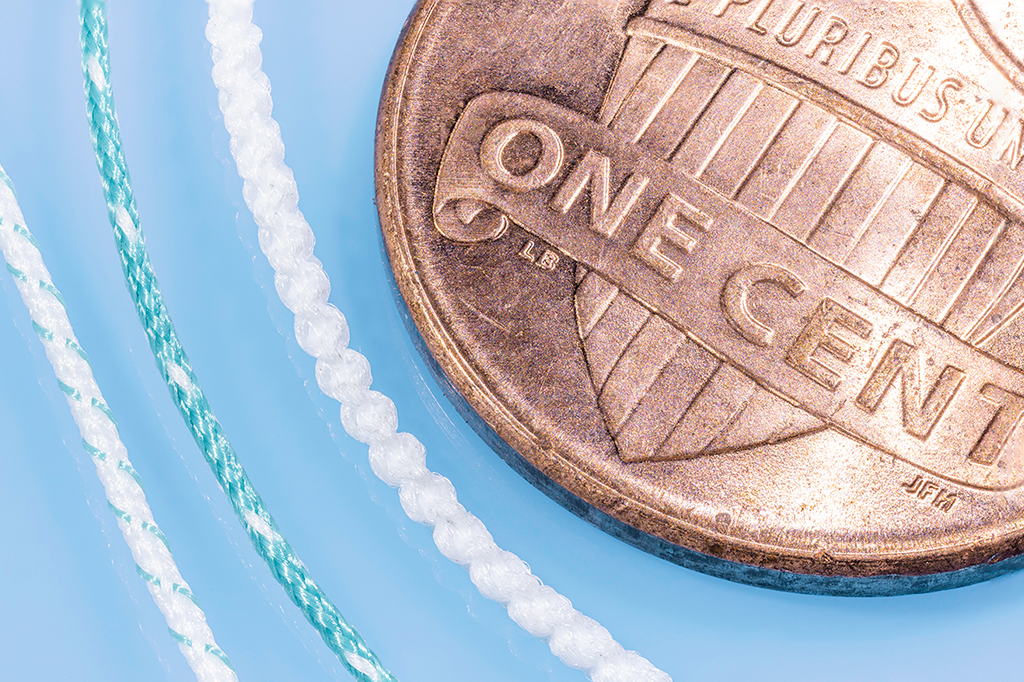
Braided textiles fabricated using UHMWPE or other high-strength polymeric fibers have long been used as orthopedic sutures to give a surgeon the ability to secure soft and bony tissue using a braid with a low profile and high tensile strength. Now, technology advancements allow for additional design features such as the inclusion of regions of variable density or the ability to branch off, creating a multiaxial structure with a common hub. These advances enable improved handling characteristics, better knot retention, and further customization of devices, which can simplify the procedure and facilitate a more durable surgical repair.
Woven biomedical textile structures can also be an optimal foundation for orthopedic implants and anchor points for attaching soft tissue – largely due to their strength, stability, and capabilities for promoting tissue ingrowth. This textile structure has the ability to distribute load over a larger surface area and can be engineered to mimic the behavior of the ruptured tendons and ligaments they are intended to replace. The mechanical and biologic properties of textile structures can be tailored for specific uses, such as when intended as regenerative scaffolding or as partially resorbable structures that facilitate healing.
Composite scaffolds can be created for tissue engineering applications using hybrids of biologic and synthetic materials. Textile structures created from resorbable synthetics allow cells to infiltrate mesh and support controlled resorption of the polymers aligned with the healing rate of the tissue, resulting in a more complete repair.
Biomedical textiles can be used for less invasive orthopedic procedures including:
- Joint repair
- Soft tissue repair
- Meniscus repair
- Orthopedic sutures
- Spinal stabilization
- Prosthetic ligaments
Biomedical Textiles for Spinal Repair
Biomedical textiles are increasingly being designed to replace metal components in implantable products for spine procedures, as textiles allow for greater mobility and flexibility than metal. In particular, textile structures may be used to delay or prevent the need for spinal fusion or may aid in stabilizing adjacent vertebral bodies in spinal fusion procedures.
In cases where radiopaque fibers are incorporated into medical devices, it allows the devices to become clearly visible under fluoroscopy while maintaining the mechanical properties desired for the specific application. Improved visibility under fluoroscopy and x-rays – including better contrast and sharpness of the image– will allow surgeons to optimally position the device or implant. This can be especially useful for orthopedic applications, including spinal repair.
Key Benefits of Textiles in Orthopedics
- Less invasive
- Lower profile
- Shape transformation (i.e. entering through a small hole and then expanding in the body)
- High tensile strength
- Stable structure
- Biocompatibility
- Capability for promoting tissue ingrowth
- Reinforcement
- Flexibility
- Controlled porosity
Medical device OEMs in the highly competitive orthopedic space can distinguish themselves as market leaders by looking to medical textiles to offer minimally invasive approaches for applications ranging from soft tissue tears to spinal stabilization, and more.
Cortland Biomedical is trusted by leading medical device OEMs to enable more innovative, lower profile orthopedic devices by designing and engineering braided, woven and knitted biomedical textiles fit-for-purpose.







